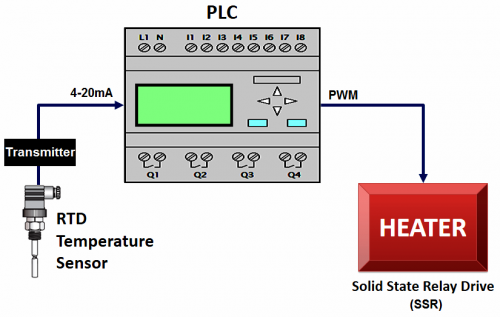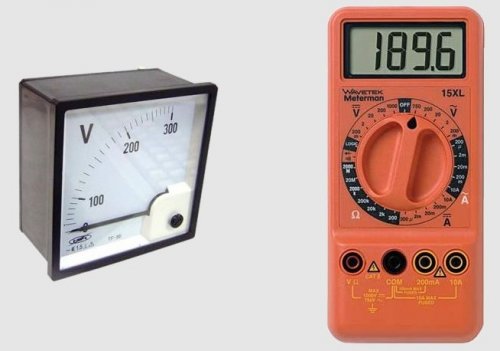Analogue, discrete and digital signals
Any physical quantity by the nature of its value change can be constant (if it has only one fixed value), discrete (if it can have two or more fixed values), or analog (if it can have an infinite number of values). All these quantities can be digitized.
Analog signals
An analog signal is a signal that can be represented by a continuous line of a set of values defined at each point in time relative to the time axis. The values of an analog signal are arbitrary at any instant of time, so it can generally be represented as a kind of continuous function (depending on time as a variable) or as a piecewise continuous function of time.
An analog signal can be called, for example, an audio signal generated by a coil of an electromagnetic microphone or a tube acoustic amplifier, because such a signal is continuous and its values (voltage or current) are very different from each other at any moment in time.
The figure below shows an example of this type of analog signal.
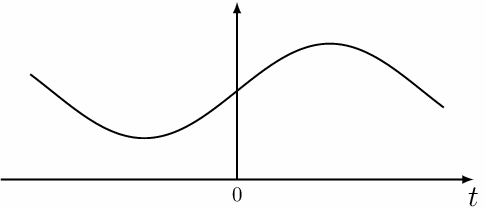
Analog values can have an infinite variety of values within certain limits. They are continuous and their values cannot change in leaps and bounds.
An example of an analog signal: a thermocouple transmits an analog temperature value to the programmable logic controller, which controls the temperature in an electric oven with a solid state relay.
Discrete signals
If a signal assumes random values only at certain moments in time, then such a signal is called discrete. Most often, in practice, discrete signals distributed over a uniform time grid are used, the step of which is called the sampling interval.
A discrete signal assumes certain non-zero values only at sampling times, that is, it is not continuous, unlike an analog signal. If small parts of a certain size are cut out of a sound signal at regular intervals, such a signal can be called discrete.
Below is an example of generating such a discrete signal with a sampling interval T. Note that only the sampling interval is measured, not the signal values themselves.
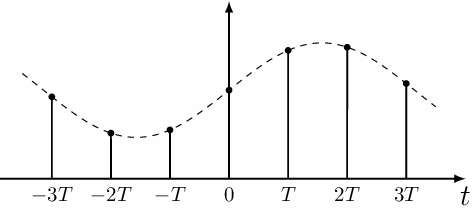
Discrete signals have two or more fixed values (the number of their values is always expressed as integers).
An example of a simple discrete signal for two values: activation of a limit switch (switching of the switch contacts in a certain position of the mechanism). The signal from the limit switch can be received in only two versions — the contact is open (no action, no voltage) and the contact is closed (there is action, there is voltage).
Digital signals
When a discrete signal takes only some fixed values (which can be located on a grid with a certain pitch) so that they can be represented as a series of quantum quantities, such a discrete signal is called digital. That is, a digital signal is a discrete signal that is quantized not only by time intervals, but also by level.
In practice, discrete and digital signals are identified in a number of problems and can be easily determined as samples using a computing device.
The figure shows an example of forming a digital signal based on an analog one. Please note that digital signal values cannot take intermediate values, only specific — integer number of steps in a vertical grid.
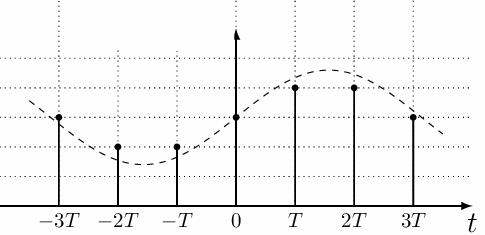
A digital signal is easily recorded and rewritten in the memory of computing devices, it is simply read and copied without loss of accuracy, while rewriting an analog signal is always associated with the loss of some, albeit insignificant, part of the information.
Digital signal processing makes it possible to obtain devices with very high performance due to the execution of computational operations with absolutely no loss of quality or with negligible loss.
Because of these advantages, it is digital signals that are ubiquitous today in data storage and processing systems. All modern memory is digital. Analog storage media (such as cassettes, etc.) are long gone.
Analog and digital voltage measuring instruments:
But even digital signals have their drawbacks.They cannot be transmitted directly as they are, because transmission is usually done through continuous electromagnetic waves. Therefore, when transmitting and receiving digital signals, it is necessary to resort to to additional modulation and analog-to-digital conversion... The smaller dynamic range of digital signals (the ratio of the largest value to the smallest value), due to the quantization of the values along the network, is another of their disadvantages.
There are also areas where analog signals are indispensable. For example, analog sound will never be compared to digital, so tube amplifiers and recordings have not yet gone out of fashion, despite the abundance of digital audio recording formats with the highest sampling rates.

